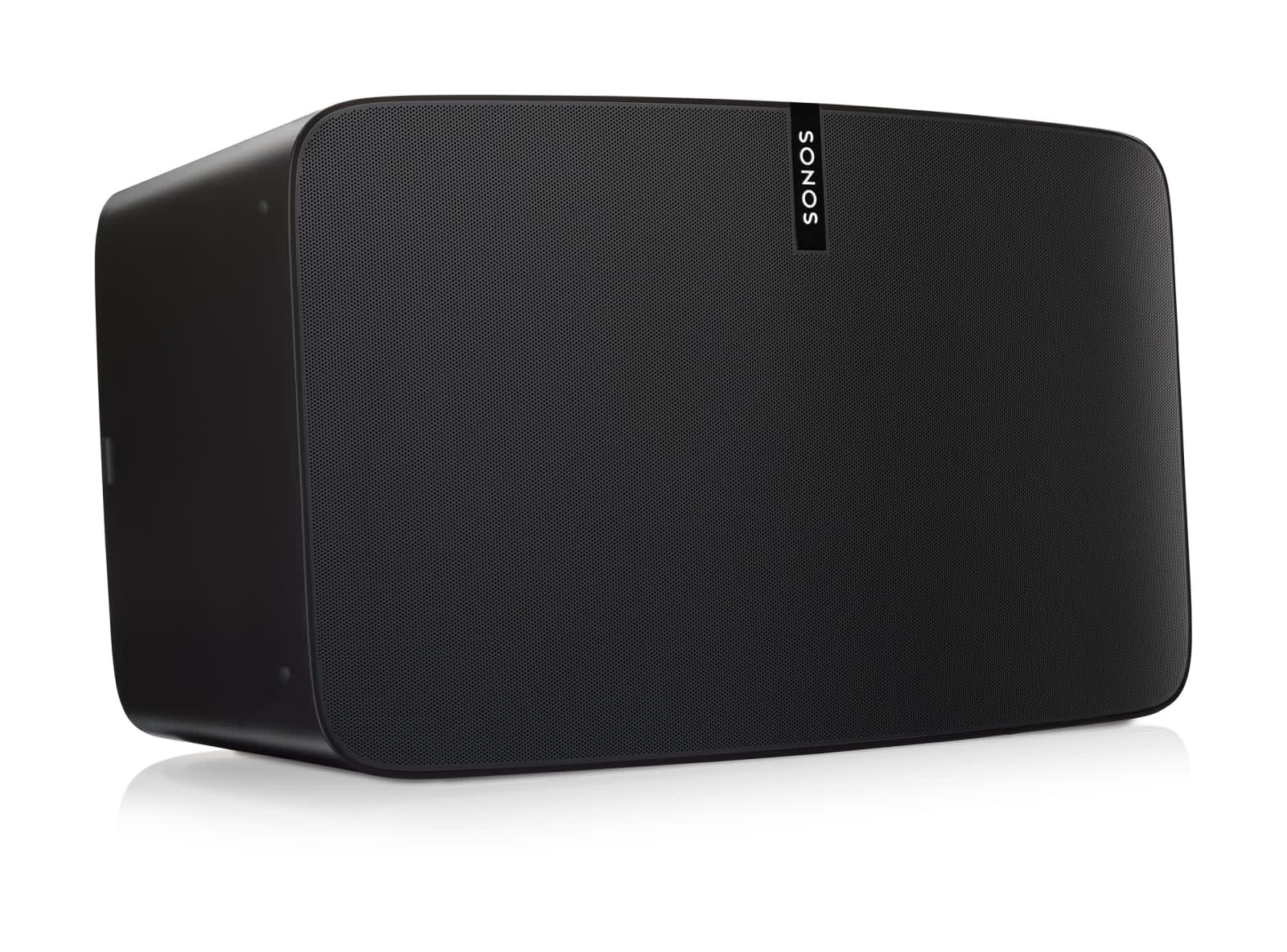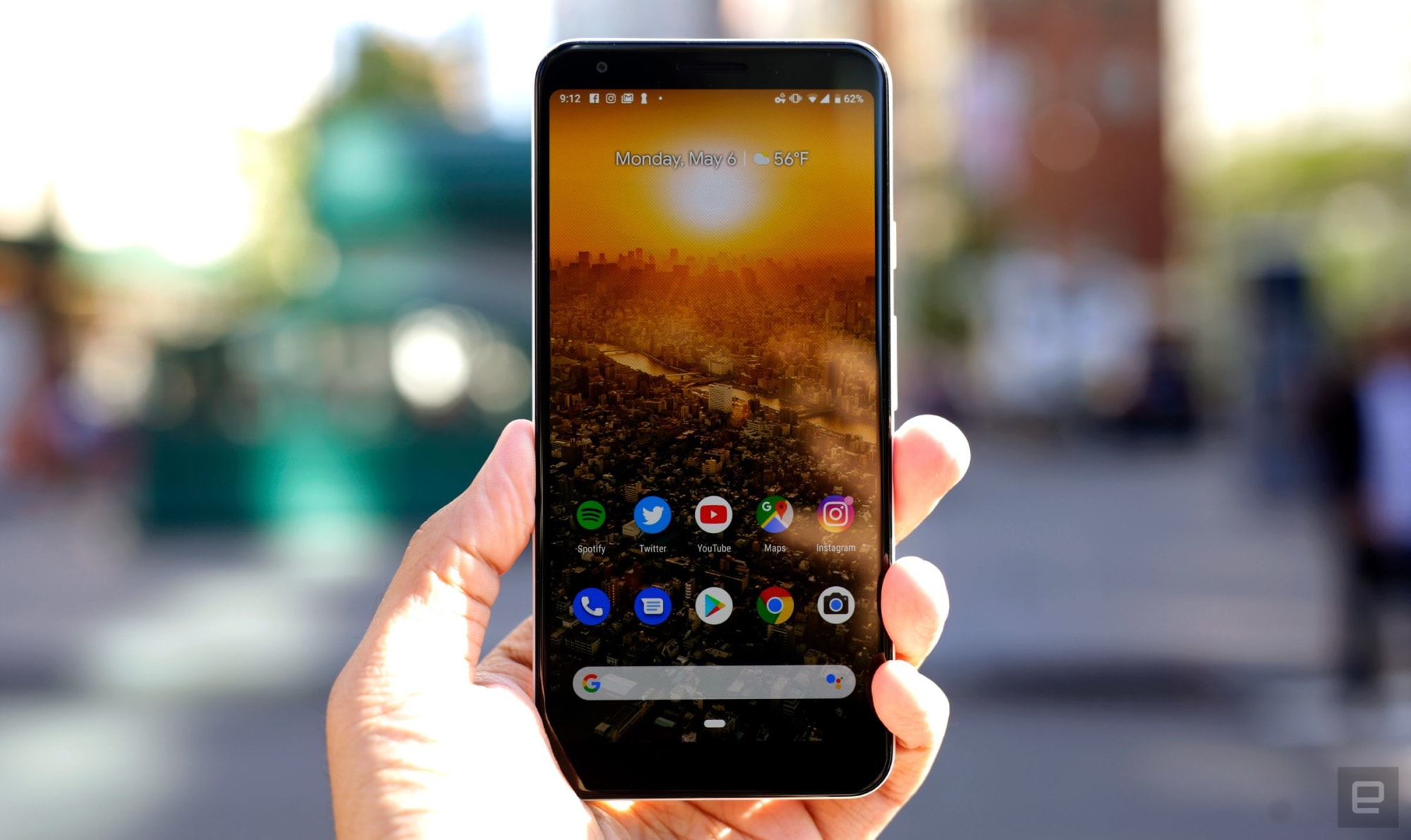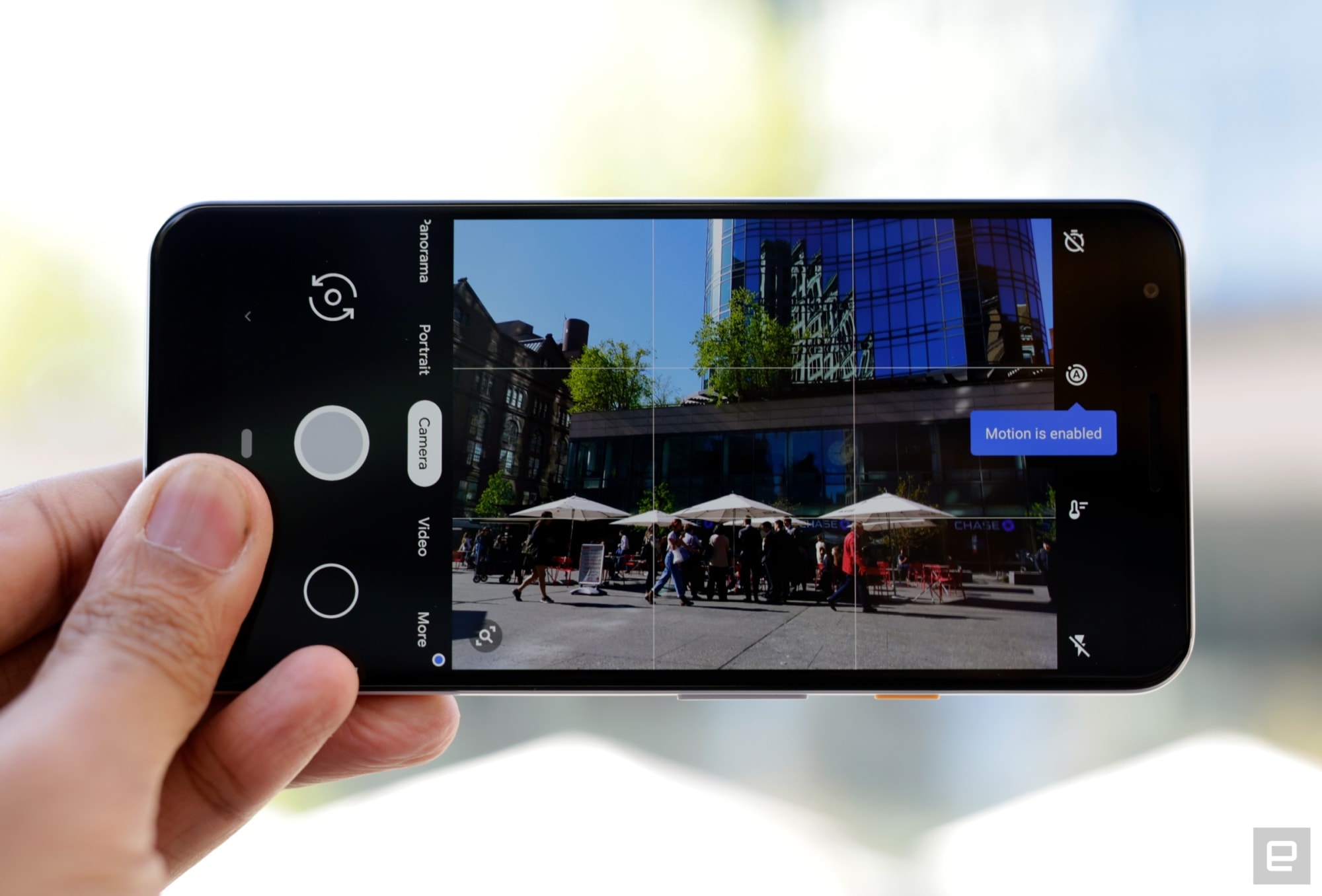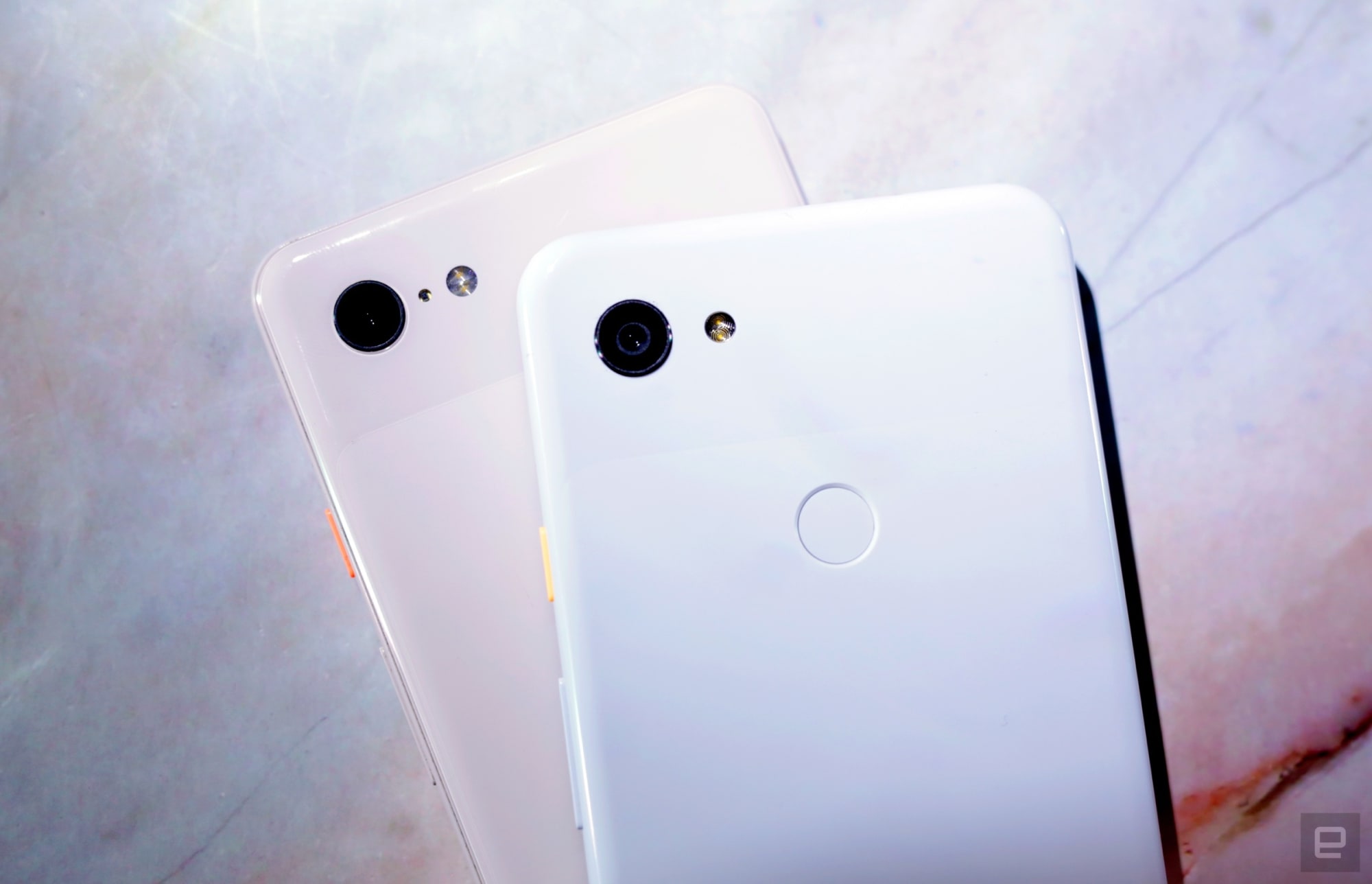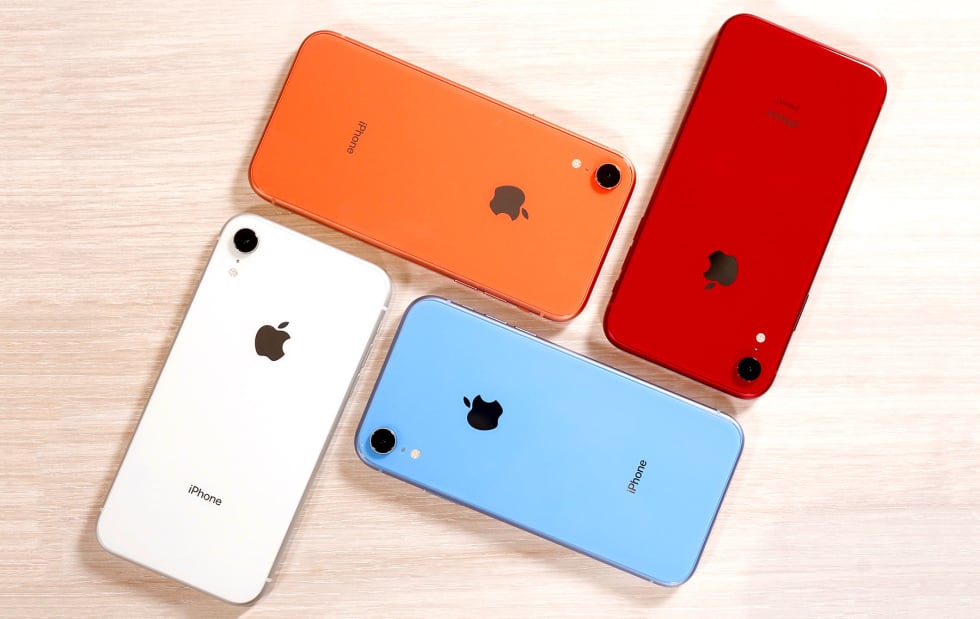Smart home devices from Google, Amazon and Facebook are engineered to listen for your commands and respond to them. Usually, they only engage when you say your “wake” word such as “OK, Google” or “Hey, Google.”
But these devices are always listening.
If that makes you uneasy (and here are some reasons of why it might), there’s a simple fix to stop your smart-home companion from listening in on you all the time.
Turn off the microphones on the devices when you are not using them or for short periods of time when you don’t want them eavesdropping.
Here's how to do it for each device:
Hey Siri, Google and Alexa: Enough with the snooping
Is Facebook listening to you?: The creepy stories mount
Amazon Echo
Echo devices, staffed by Alexa, are equipped with a microphone off button that you can turn off and on. When the button is pressed, the power to the microphones is disconnected and a red light is illuminated.
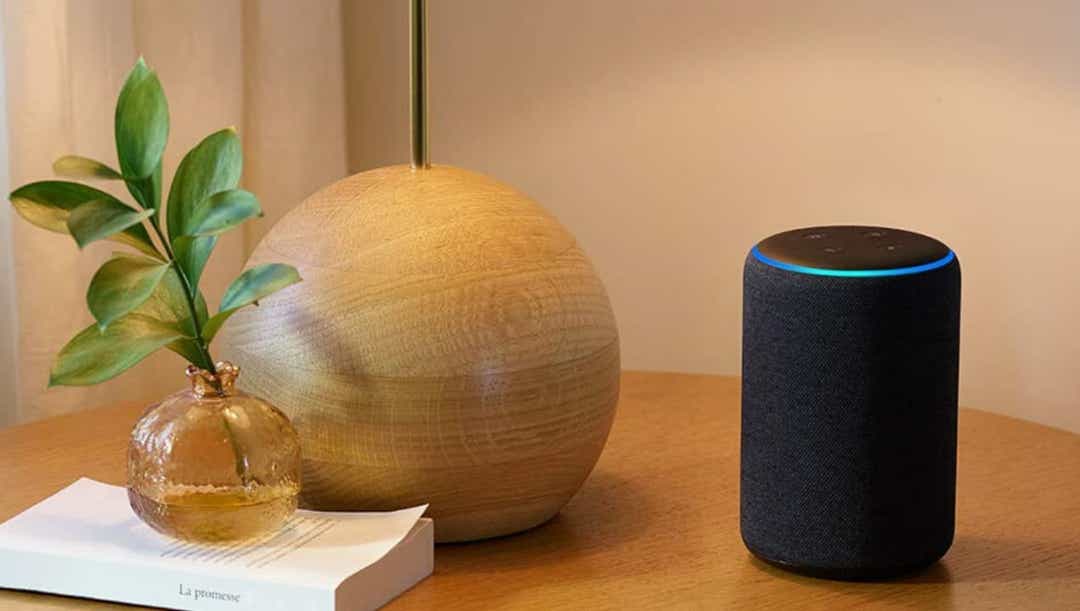
Google Home, Home Mini, Nest Mini, Home Max and Google Nest Wifi
On the Google Home, press the microphone mute button on the back of the device to mute and unmute.
On the Google Nest Mini and the Google Home Mini, slide the switch on the power cord. The switch will display orange when the microphone is turned off.
On the Google Home Max, slide the switch on the back of the device. The switch will display orange when the microphone is turned off.

Will Alexa stop recording you? Nope
Hey, Google and Alexa: How easily can you be hacked?
On the Google Nest Wifi, slide the switch next to the power cord. The switch will display orange when the microphone is turned off.
Not ready to turn off the microphone? To take a break from your digital assistant, open the Google Home app, click on settings then digital well-being and follow the instructions for scheduling some down time.
Facebook Portal
To turn off the camera or microphone on Portal and Portal Mini, slide the switch on top of the Portal all the way to the left. A red light will alert you that the microphone and camera are off.

To turn off just the camera, slide the switch on the top of Portal’s frame into the middle position. You will see a shutter over the camera’s lens when you’ve turned the camera off.
On Portal+ and Portal (Gen 1), press the circle button on top of your device. A red light on the front of your Portal will tell you when the microphone and camera are turned off. You can also use the camera cover to block your Portal camera when you're not using the camera.
https://news.google.com/__i/rss/rd/articles/CBMicWh0dHBzOi8vd3d3LnVzYXRvZGF5LmNvbS9zdG9yeS90ZWNoLzIwMTkvMTIvMzEvc3RvcC1nb29nbGUtaG9tZS1hbWF6b24tZWNoby1mYWNlYm9vay1wb3J0YWwtbGlzdGVuaW5nLzI3Nzc0MDgwMDEv0gEnaHR0cHM6Ly9hbXAudXNhdG9kYXkuY29tL2FtcC8yNzc3NDA4MDAx?oc=5
2019-12-31 11:11:14Z
CAIiEPV-LNoy84CKHKH-Un_QWeAqGQgEKhAIACoHCAowjsP7CjCSpPQCMMGg0wU
